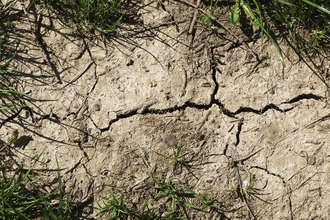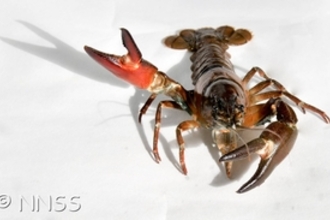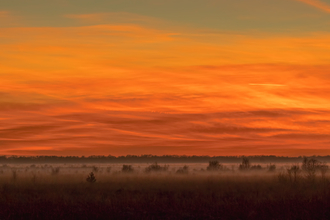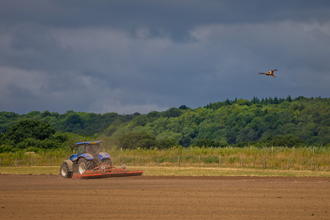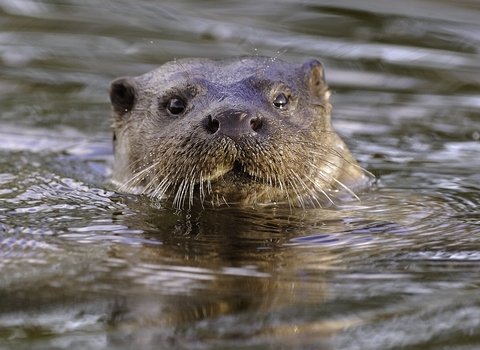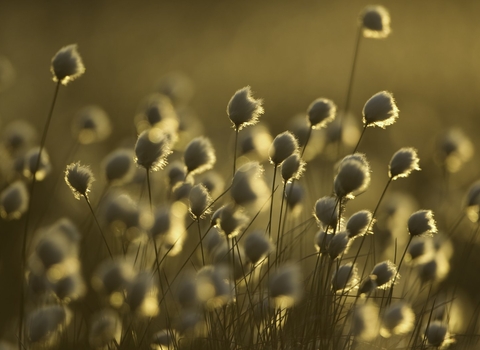Threats to our wild waters
Certain kinds of agricultural practice, types of industry and increased domestic demand put a lot of strain on our rivers, streams, pools and canals. Faulty or badly designed septic tanks, sewerage misconnections and pollution from a wide range of other sources make the challenges of supplying clean water for humans and nature even greater.
Climate change is a real and present danger for all of us. Increased frequency and intensity of storms, milder, wetter winters and dryer hotter summers are all predicted for us here in the UK. Flooding has major impacts on our economy, food production, public health, personal safety, and wildlife. The extent of these impacts appear to be increasing.
Read more about the threats to our wild waters below:
Where have all our wild rivers gone?
Wildness lost
Over the centuries, human-driven modification of rivers and streams has resulted in the loss of their wild character. A truly natural river system is characterised by many features including riffles, backwaters, slacks and meanders; riverside tree shade and diverse aquatic plant communities. Rivers are replenished by a steady source of water from their headwaters as well as from rain, enabling them to support a rich diversity of aquatic life. They are dynamic systems, constantly recycling nutrients such as fallen leaves and other organic matter and filtering sediments. The loss of natural features reduces the river’s ability to host aquatic wildlife and to provide water for human use.
Land drainage
Since medieval times marginal land has been drained for agriculture. The arrival of Dutch engineers in East Anglia in the 17th century dramatically altered the Fens, enabling landowners to turn their ancient, watery lands into profitable fields for food production. Over the last century, the mechanisation of agriculture intensified and expanded this process across the UK: Internal Drainage Boards now determine the flow of rivers and their tributaries. By the 1980s millions of riverside trees had been felled and fish spawning gravels had been removed by dredging; rivers were straightened and many smaller streams piped underground. Quite simply, rivers were engineered into drainage channels. Thankfully, this attitude is changing and natural river features are gradually being restored.
Obstacles to migration
Locks and weirs constructed along the course of rivers pose serious problems for migrating fish, such as Atlantic salmon and trout. Special fish passes are being constructed in many places, to give them a better chance of reaching their spawning pools upstream. In Shropshire many of the watermills that once served agriculture and industry are still in operation. The wheel at Dinham Mill in Ludlow now turns a generator to produce electricity – and a fish pass has been installed.
Rivers canalised
Twentieth century river engineering often mimicked techniques used on canals, such as hard embankments to prevent erosion, rock armouring to protect bridge abutments and dredging to maintain depth. These harsh interventions impoverish rivers in many ways. Today, natural solutions are once more being embraced, allowing rivers to resume their natural course and spill over into floodplains during high rainfall. Catchment and river management is highly challenging but delivers better results for both wildlife and people.

